Best Seasons for Fire Restoration
Fire restorations are most effectively performed during periods of stable weather, typically in late spring and early fall. Dry, mild conditions help ensure safe and thorough cleanup, drying, and reconstruction processes. Timing also depends on the extent of fire damage and the availability of restoration services.
Immediate response after a fire is crucial to minimize damage and prevent mold growth or structural deterioration. Delays can lead to increased costs and extended recovery times. Planning restorations during optimal weather conditions can enhance efficiency and safety.
Late spring and early fall offer the best weather conditions for fire damage repairs, with lower humidity and stable temperatures.
Prompt fire damage response reduces long-term structural issues and prevents secondary problems like mold.
Dry, mild weather minimizes delays and complications during cleanup and reconstruction.
Scheduling during favorable weather ensures safety, efficiency, and quality of work.
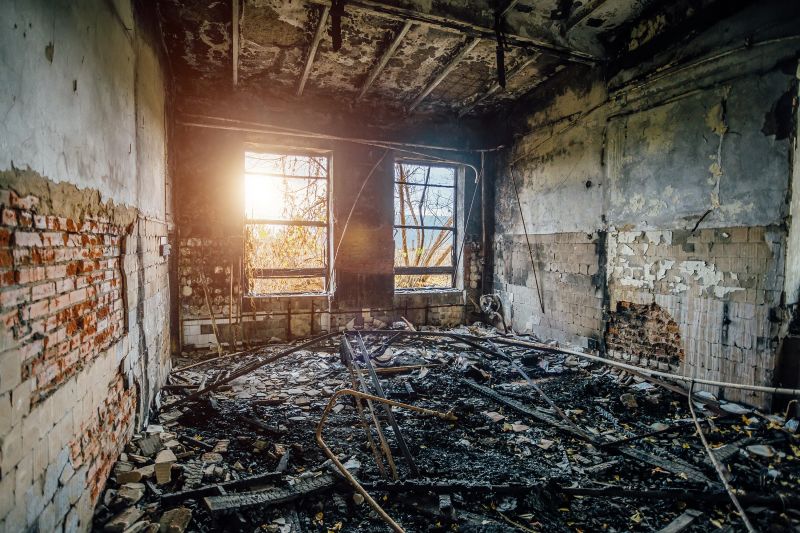
Restoration includes debris removal, cleaning, structural repairs, and repainting.
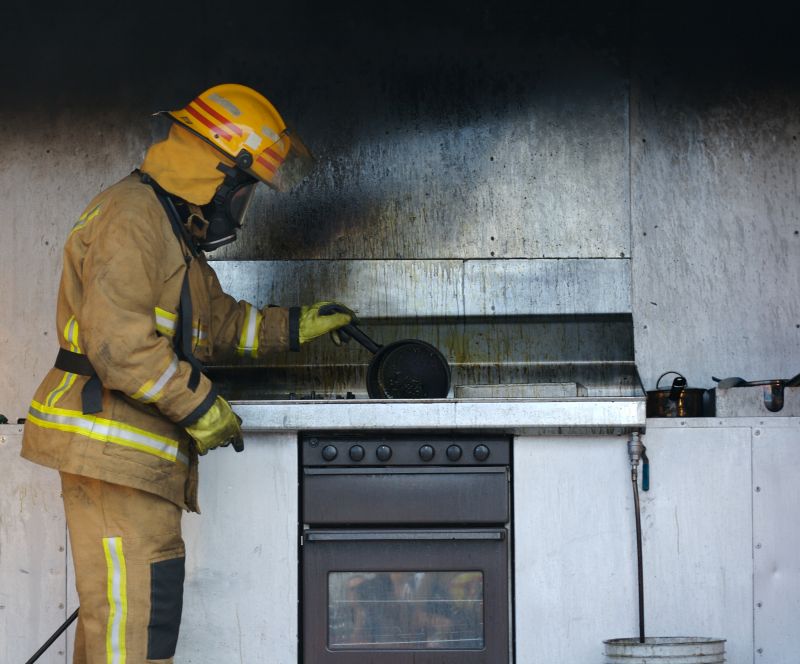
Specialized tools and cleaning agents are used to restore affected areas effectively.
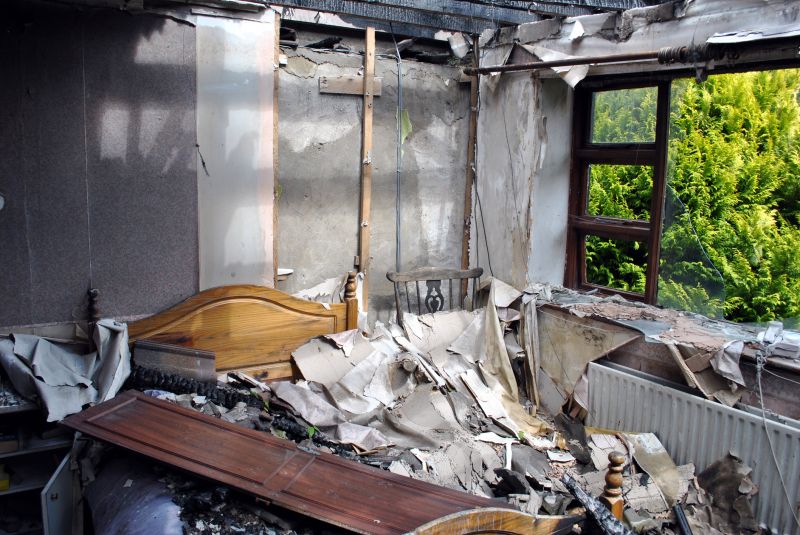
Thorough assessments identify all areas needing repair and ensure safety compliance.

Ways to make Fire Restorations work in tight or awkward layouts.
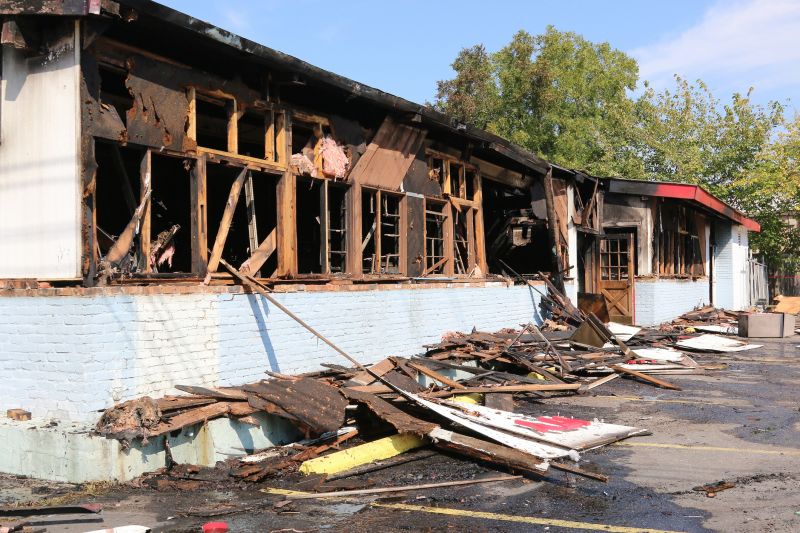
Popular materials for Fire Restorations and why they hold up over time.
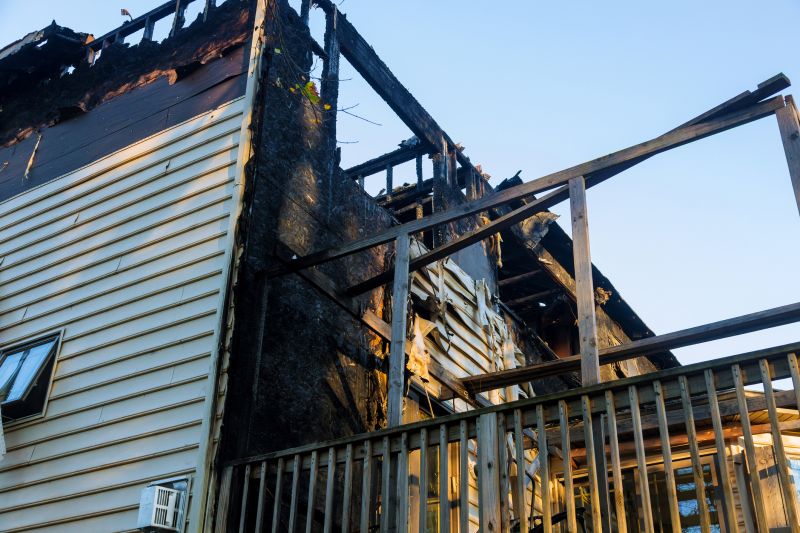
Simple add-ons that improve Fire Restorations without blowing the budget.
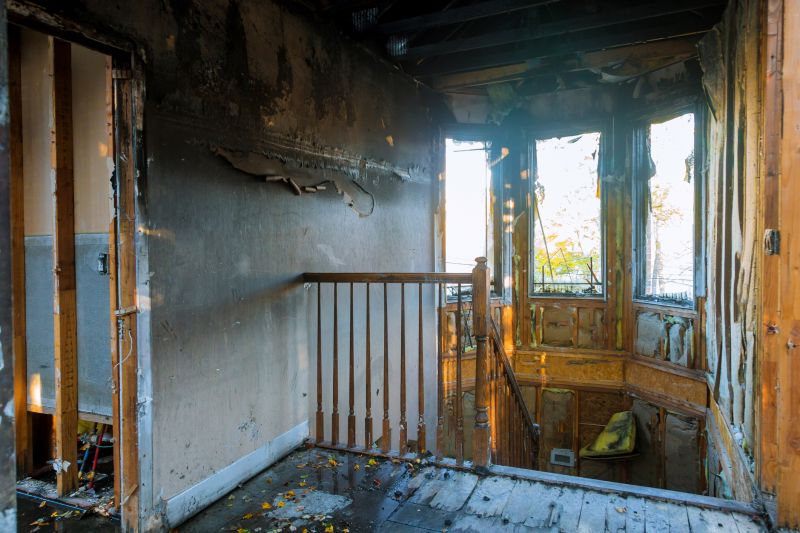
High-end options that actually feel worth it for Fire Restorations.

Finishes and colors that play nicely with Fire Restorations.
| Aspect | Details |
|---|---|
| Best Seasons | Late spring and early fall |
| Weather Conditions | Dry, mild temperatures |
| Response Time | Immediate action recommended |
| Common Causes of Fires | Electrical faults, cooking accidents, heating equipment |
| Average Restoration Duration | Several days to weeks depending on damage |
| Cost Factors | Extent of damage, materials needed, labor |
| Safety Considerations | Stable weather reduces risks during repairs |
| Impact of Delay | Increased damage, higher costs, mold growth |

Removing soot, debris, and water from firefighting efforts.
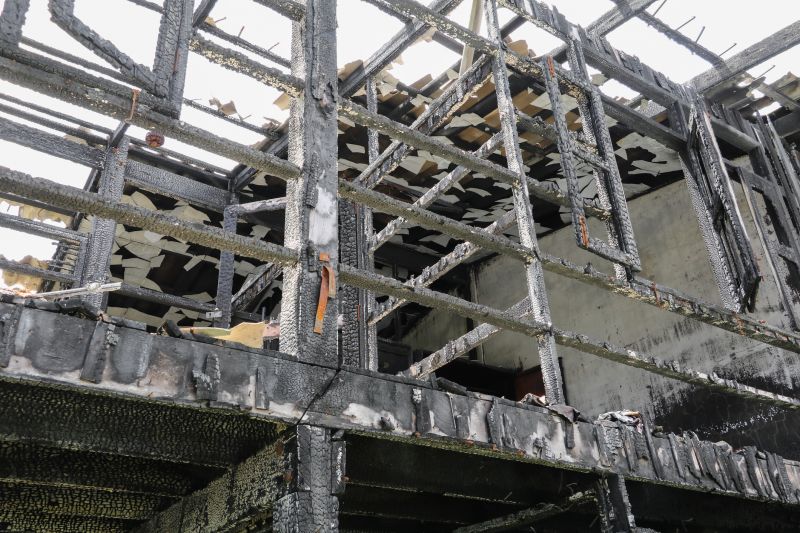
Rebuilding damaged frameworks and walls.

Using specialized techniques to eliminate smoke odors.
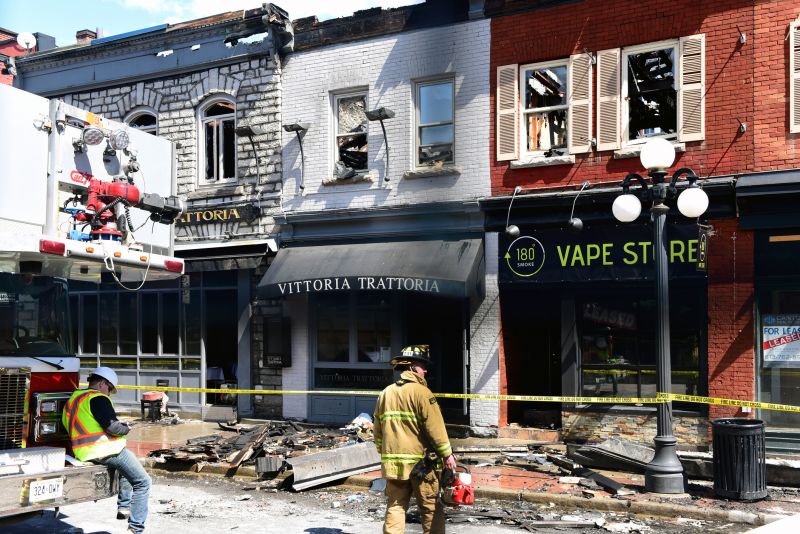
Selecting fire-resistant and durable building supplies.
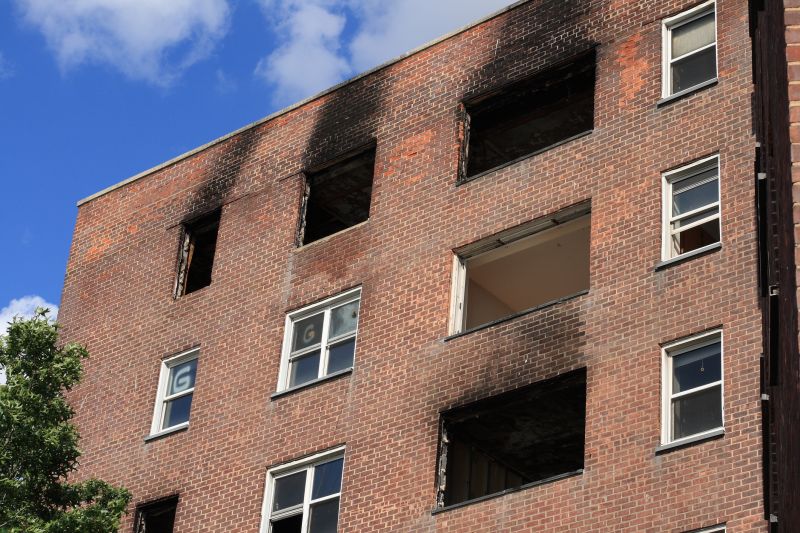
Ensuring the site is safe and compliant post-restoration.
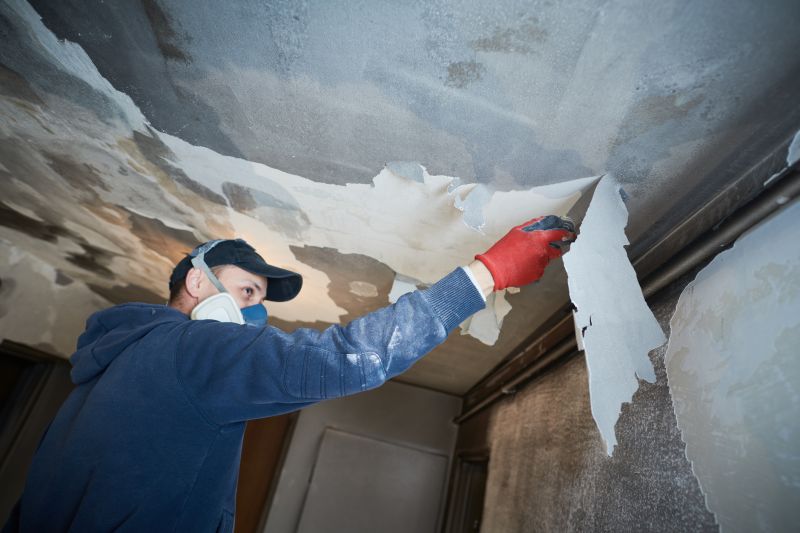
Painting, finishing, and restoring the property to pre-fire condition.
Fire restorations involve comprehensive processes to repair and restore properties affected by fire damage. These include debris removal, structural repairs, cleaning, odor elimination, and final finishing. Proper timing and response are essential to minimize damage and facilitate efficient repairs. The choice of season can influence the ease and safety of restoration activities, with dry, mild weather conditions being ideal for most projects.
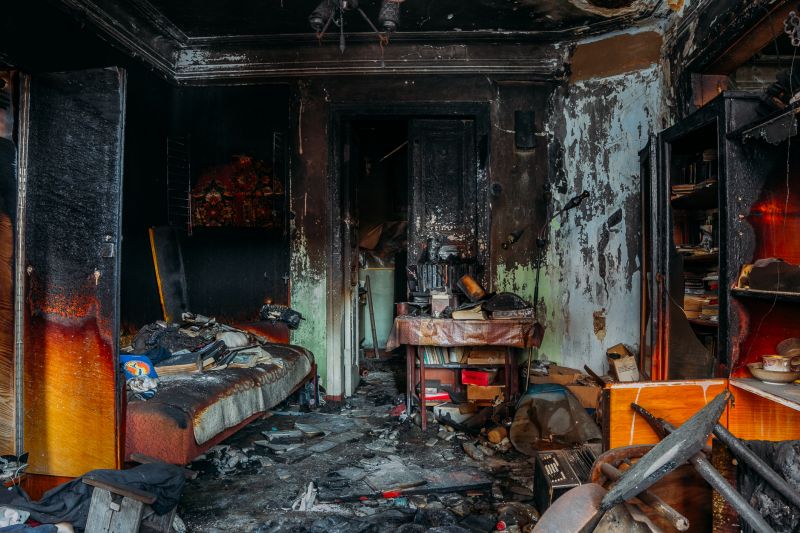
Professionals equipped to handle all aspects of fire damage repair.
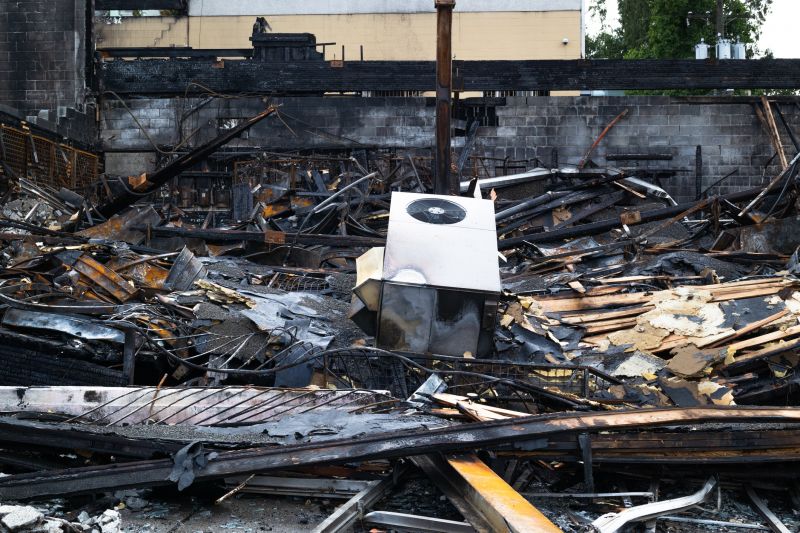
Visual evidence of property recovery and repair effectiveness.
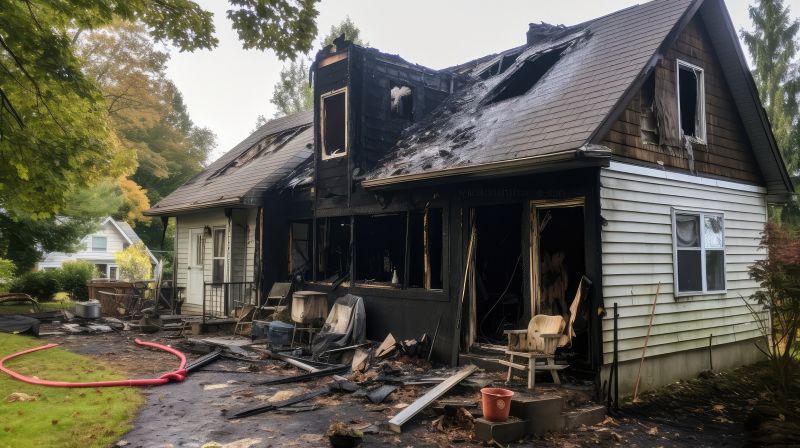
Initial inspections identify all affected areas for targeted repairs.
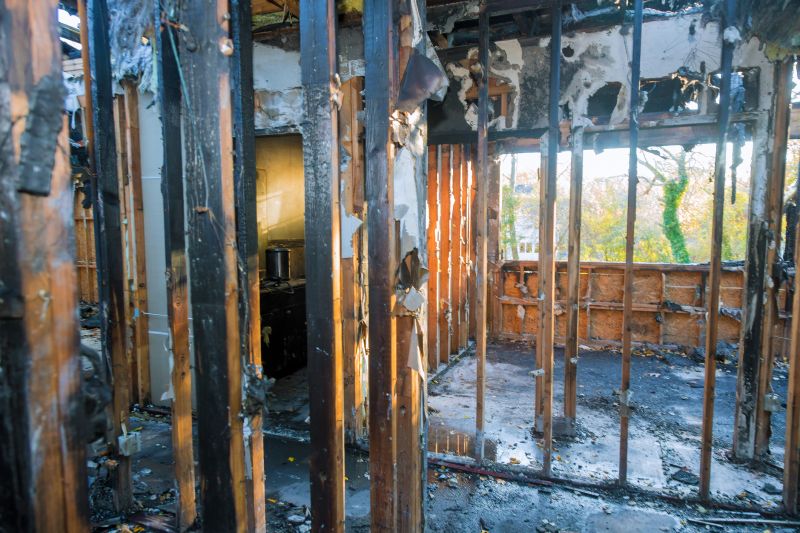
Restoration includes structural reinforcement and aesthetic finishing.
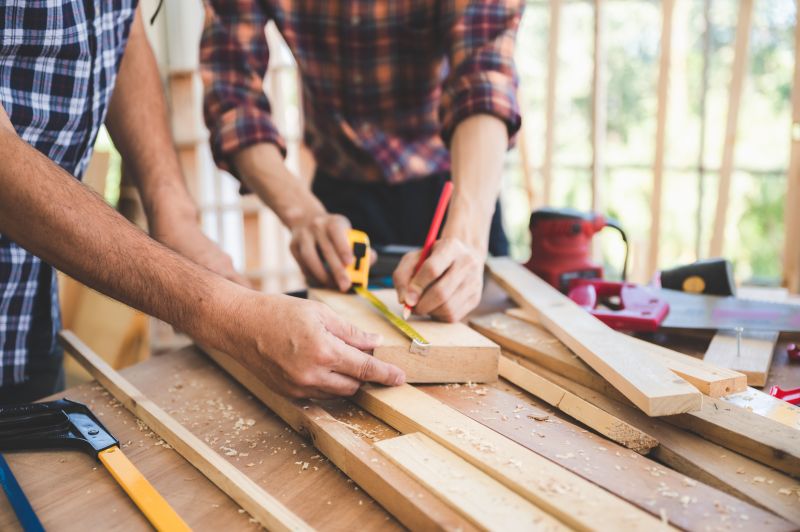
Little measurements that prevent headaches on Fire Restorations day.
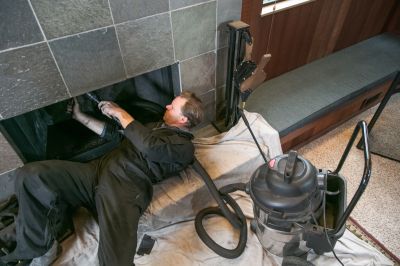
A 60-second routine that keeps Fire Restorations looking new.
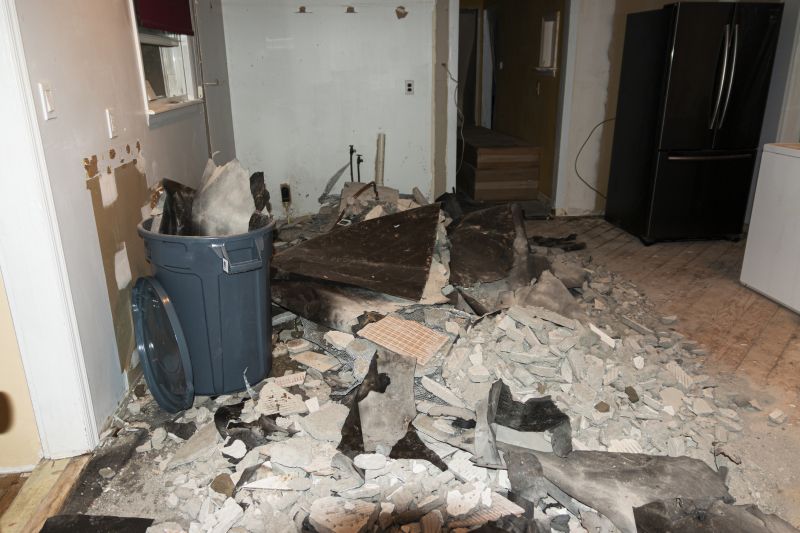
A frequent mistake in Fire Restorations and how to dodge it.
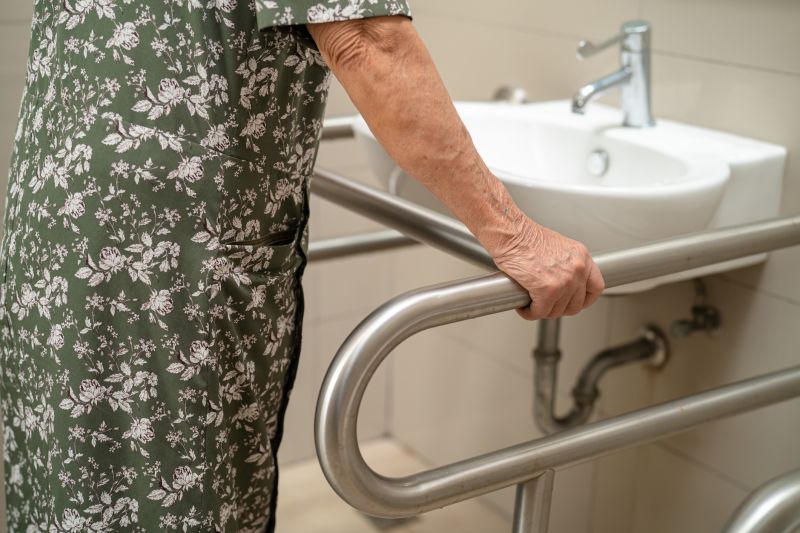
Small tweaks to make Fire Restorations safer and easier to use.
Interested property owners or residents should consider scheduling fire restoration services promptly after a fire incident. Contacting experienced professionals ensures comprehensive assessment and effective repair strategies, helping to restore safety and property value efficiently.

